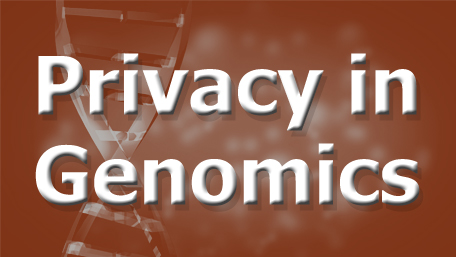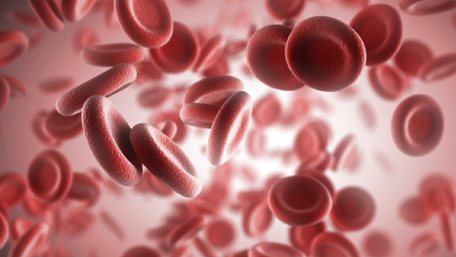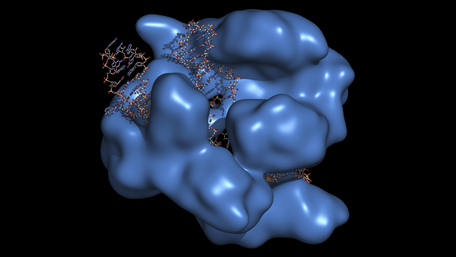
11/18/2021
Hot Topics of the Day are picked by experts to capture the latest information and publications on public health genomics and precision health for various diseases and health topics. Sources include published scientific literature, reviews, blogs and popular press articles.
Sign up MyPHGKB to receive the daily hot topic email alert.
Archived Hot Topics of the Day By Date
Functional genomics data: privacy risk assessment and technological mitigation
G Gursoy et al, Nature Rev Genetics, November 2021
Reporting guidelines for human microbiome research: the STORMS checklist
C Mirzayi et al, Nature Medicine, November 17, 2021
Multiyear Factor VIII Expression after AAV Gene Transfer for Hemophilia A
LA George et al, NEJM, November 18, 2021
Hematopoietic Stem- and Progenitor-Cell Gene Therapy for Hurler Syndrome
B Gentner et al, NEJM, November 18, 2021
Continued Effectiveness of COVID-19 Vaccination among Urban Healthcare Workers during Delta Variant Predominance
F Yun et al, MeDRXIV, November 16, 2021
COVID-19 first and delta waves in relation to ACEI, ARB, Influenza vaccination, and comorbidity in a North Metropolitan Barcelona Health Consortium
MJ Gonzales et al, MEDRXIV, November 17, 2021
Impact of SARS-CoV-2 Vaccines on Covid-19 Incidence and Mortality in the United States
F Fang et al, MEDRXIV, November 17, 2021
Disclaimer: Articles listed in Hot Topics of the Day are selected by Public Health Genomics Branch to provide current awareness of the scientific literature and news. Inclusion in the update does not necessarily represent the views of the Centers for Disease Control and Prevention nor does it imply endorsement of the article's methods or findings. CDC and DHHS assume no responsibility for the factual accuracy of the items presented. The selection, omission, or content of items does not imply any endorsement or other position taken by CDC or DHHS. Opinion, findings and conclusions expressed by the original authors of items included in the Clips, or persons quoted therein, are strictly their own and are in no way meant to represent the opinion or views of CDC or DHHS. References to publications, news sources, and non-CDC Websites are provided solely for informational purposes and do not imply endorsement by CDC or DHHS.
- Page last reviewed:Feb 1, 2024
- Page last updated:Apr 21, 2024
- Content source:






